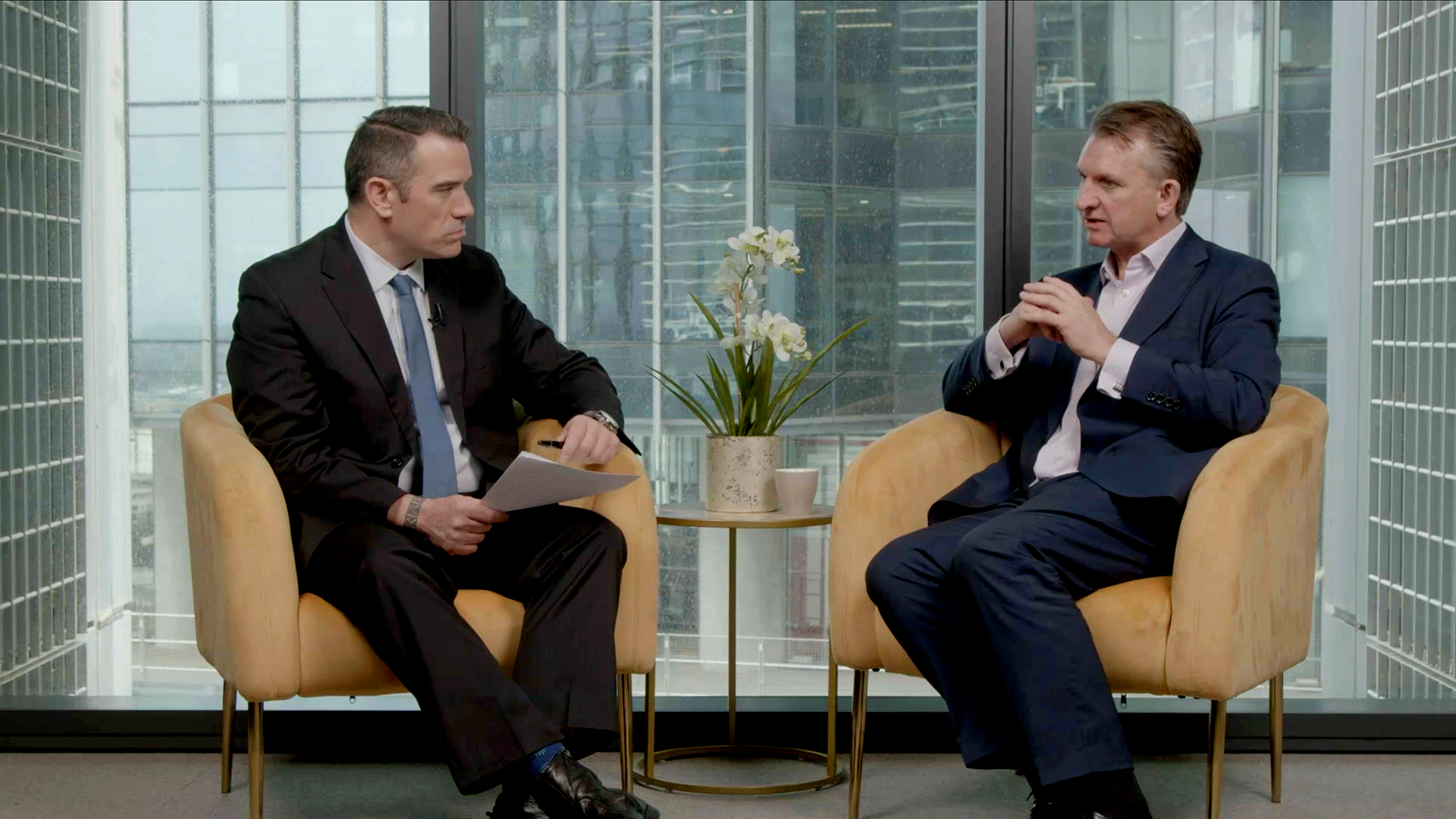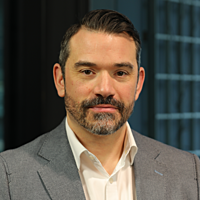Watling: inflation dead, cuts coming, liquidity plentiful, equities to surge
Please note, this interview was recorded Thursday, 20 November 2025
I am sure you have heard the saying in journalism that if it bleeds, it leads. If you have not, it simply means that sensational, violent, or negative news gets top billing because fear sells.
Finance has its own version of that cliché, the classic headline: "$XX billion wiped off stock market in brutal rout." Never mind that the market might already be up 20% ahead of said rout, or that whatever billions supposedly "vanished" represent a rounding error in a $2 trillion market like Australia.
We have seen a lot of this stuff recently, with every wobble framed as something existential. I will admit I have clicked on a few of those headlines, but most of it is tiresome, sensationalist drivel. So it is refreshing to sit down with someone who is willing to separate narrative from fundamentals.
Longview Economics Head Economist and Chief Market Strategist, Chris Watling, brought exactly that sense of clarity. According to Watling;
"Inflation, I think, is basically dead… we are going to get into next year and we are going to say inflation's gone and we are going to get even more rate cuts."
In a world still addicted to panic-driven headlines, that is not the message you often hear. He is just as forthright about what truly drives markets in the short term.
"Liquidity is king and rate cuts are king… this is a terrific backdrop for equity markets."
In our conversation, we also covered the global cyclical recovery he sees forming, where he is positioning, the risks and realities of the AI bubble, China’s trade-not-investment profile, and what investors should watch most closely heading into 2026.

INTERVIEW SUMMARY
Where are we in the cycle?
Watling begins by addressing the central question most investors are grappling with. Where exactly are we in the cycle? He argues the pandemic distorted the entire global economic rhythm far more profoundly than people tend to remember. As he puts it, "the world has been completely distorted by the pandemic. We are still living with that."
The result is a highly unusual industrial cycle. US industrial production has been flat since 2022, and ISM manufacturing has sat below 50 for three years, conditions he describes as very abnormal. But that stagnation is also why he believes the next phase will be meaningfully more positive.
To him, the most overlooked development is the collapse of underlying inflation drivers. Oil is down, rents are at decade lows in the United States, wage pressures are easing, and house prices are contributing no inflation impulse. That sets the stage for what he sees as a decisive shift.
"Inflation, I think, is basically dead… and we are going to get even more rate cuts."
This environment, he says, is ushering in a global cyclical recovery, his core macro call for 2026.
Liquidity, rates and the fuel for equities
While long-term equity performance is earnings-driven, Watling stresses that short-term market direction is far more about liquidity.
"In the short term… it is all about liquidity, liquidity, liquidity," he says.
He highlights a key turning point. The Federal Reserve is preparing to stop QT, and senior officials have even floated the idea of resuming asset purchases. "They have said it is not QE, of course it is not, but the bottom line is they are buying assets, they are creating new money."
Combine that with rate cuts already delivered and more expected, and he sees an exceptional backdrop for risk assets. "Liquidity is king and rate cuts are king… this is a terrific backdrop for equity markets."
Watling also notes the uncomfortable long-term reality that governments like the United States will likely lean on inflation to erode real debt burdens. There is little political will for austerity or balance sheet reduction. But in the near term, cheaper money dominates the market equation.
Where to invest: Europe rising, Spain shining, EM broadening
One of Watling’s strongest views is that equity market leadership will broaden beyond US large caps. The era of US dominance is not over, he says, but it is fading.
Europe and select emerging markets stand out.
"There is this theme of broadening… there are some really good country picks out there," he says.
Spain is his standout example. It is up more than 70% this year after a strong 2024. He loves its combination of structural reform, competitive labour costs, strong growth and valuation support. His favourite anecdote is a glass of wine costing two euros in a Spanish bar, a reflection of internal devaluation and a lean, competitive economy.
Chile also earns a mention, particularly as a copper leverage play in a global cyclical upturn. Longview is overweight Europe, both thematically and in large caps.
The AI bubble, still a train worth riding
Watling does not mince words. "It is clearly a bubble. It ticks all the boxes." The ingredients - cheap money, speculative debt, a great story and expensive stocks - all fit the classic Kindleberger framework.
But Kindleberger also argues that bubbles end when money becomes expensive, and "it is getting cheaper." So while the risks are real, it is too early to step off the train. His positioning reflects that. Neutral rather than overweight US large cap, but definitely not underweight.
"Do not try and be too clever."
China - a trade, not an investment
China’s recent rally has been strong, fuelled partly by its role as a cheap AI play via names like Alibaba and Tencent. But Watling remains cautious. The latest data is soft, and he believes China is still unwinding a decade of excess.
"China is in a 10 year unwind… maybe 15."
Longview has trimmed exposure after a strong run. It remains a tactical trade, not a structural overweight.
Australia, still the lucky country
Australia, in Watling’s view, continues to defy pessimists.
"I have given up trying to forecast Australia," he says.
Rate cuts, strong commodity exposure and a currency that is no longer expensive globally all help. Despite structural issues, Australia still "comes through it better" than most peers.
What matters most heading into 2026
The biggest swing factors Watling is watching are the trajectory of inflation data, how soft the US economy is beneath the surface, and the political cycle.
Trump, he argues, will do everything possible to juice the economy ahead of the midterms. Tariffs, utilities pricing, energy policy and the electricity demands of AI all feed into the political dynamic.

4 topics
1 contributor mentioned
